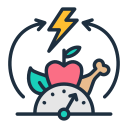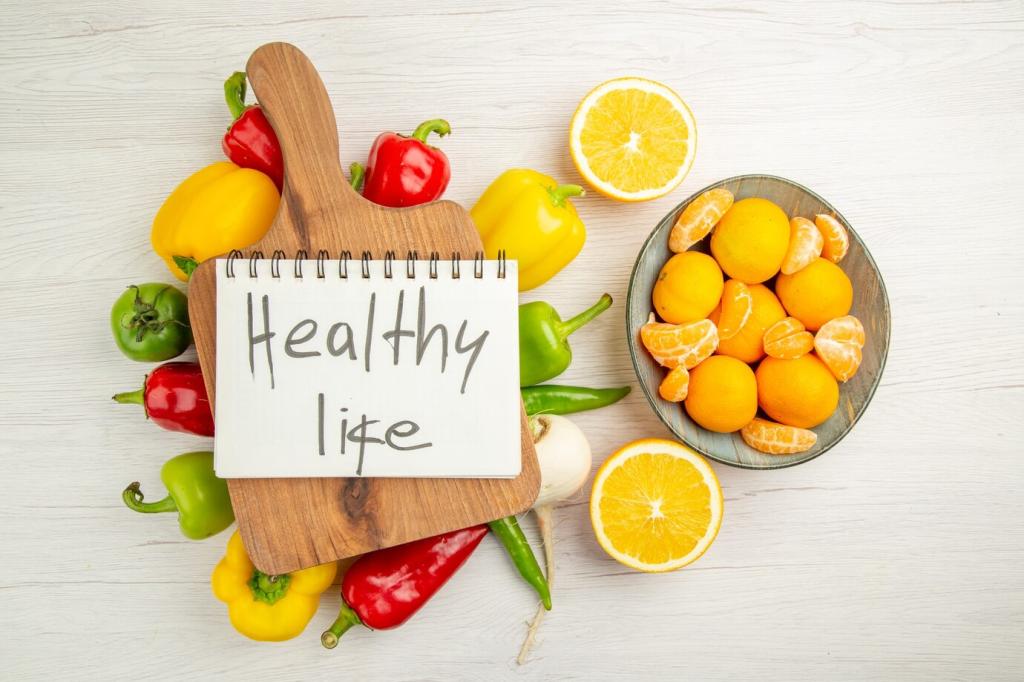Between Meetings: Mindful Lunch on a Tight Schedule
Before your first forkful, notice color, aroma, texture, and the first sound of your bite. That sensory scan interrupts autopilot and increases satisfaction. Even three mindful mouthfuls make a difference. Try it today and comment with the most surprising texture you discovered in your lunch.
Between Meetings: Mindful Lunch on a Tight Schedule
Transfer takeout to a plate so your eyes see an actual portion, then pause for two breaths before starting. Halfway through, pause again and reassess hunger. This tiny structure respects your schedule and satiety signals. Share your plate-pause routine below to help others adopt it quickly.






